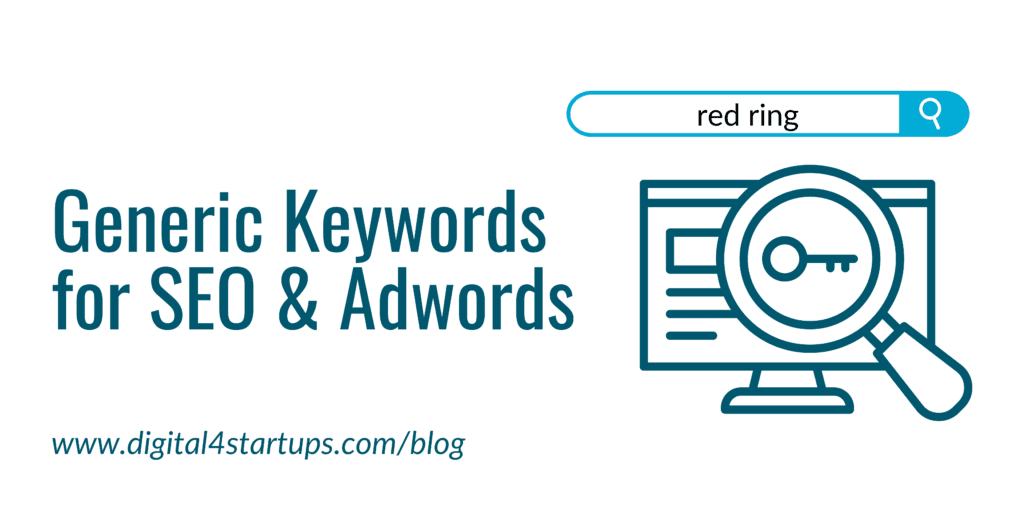When bidding on generic keywords, the most important thing is not to get too carried away. What do I mean by this? Advertisers who make mistakes bidding on generic keywords tend to fall prey to one of three possibilities:
1) Bidding Too Much on a Generic Keyword:
Just don’t do it. Make sure you are keeping an eye on the ROI of the term to your company, and do not let the bids become over-inflated accordingly. For example, with bid rules, especially position based bid rules, it is very easy for an advertiser to inadvertently wind up increasing their bid significantly, even when there is no competition. For more information, please see Bid Rules Are Not Set It And Forget It.
2) Bidding Too Little on a Generic Keyword:
Generic keywords are often competitive terms. Depending on the industry, they can be extremely competitive terms. As a result, it’s important to make sure that, while not overinflated, the bid on the keyword is in fact realistic so that ads do show up for the keyword. For example, the keyword “mesothelioma” regularly wins as the most expensive keyword within adwords. The average CPC for “mesothelioma” is generally around $100. As a result, an advertiser bidding $20 will not show up. “Mesothelioma” is an outlier in terms of how much it costs, but the same is true of nearly all generic keywords; if there is a lot of keyword volume for a word, and the advertiser’s bid is under $1, be sure to check impression share and position. It is likely that the advertiser needs to increase their bid to receive the maximum benefit from showing on the keyword.
3. Bidding on Irrelevant Keywords:
When picking generic keywords to bid on, there are a lot of possibilities. However, it is important not to disregard the search query report when evaluating keyword performance. If the keyword is not leading to relevant traffic or not performing well, don’t get carried away bidding on it. Focus on keywords that perform the best and yield the most relevant traffic – doing so will improve both account and site performance, while reducing cost per acquisition.


